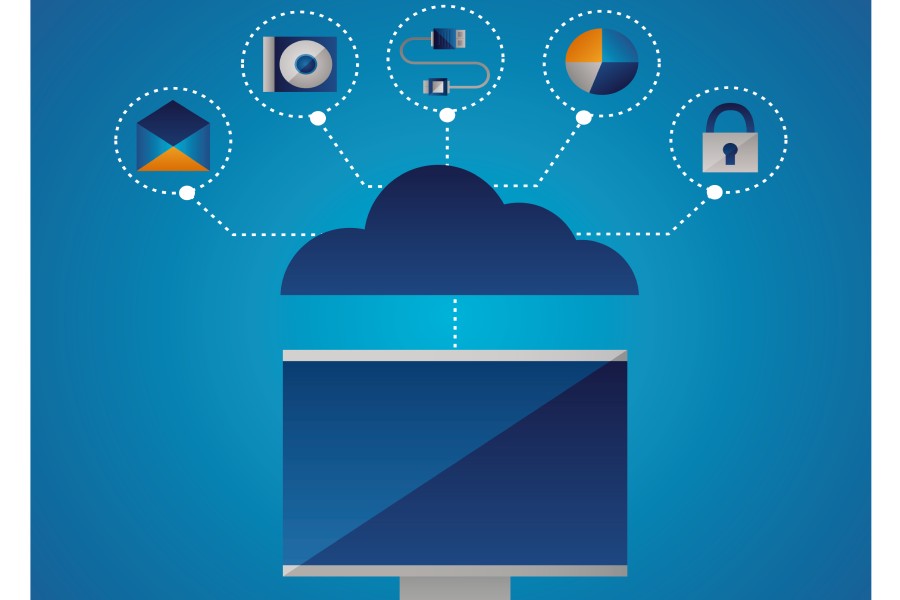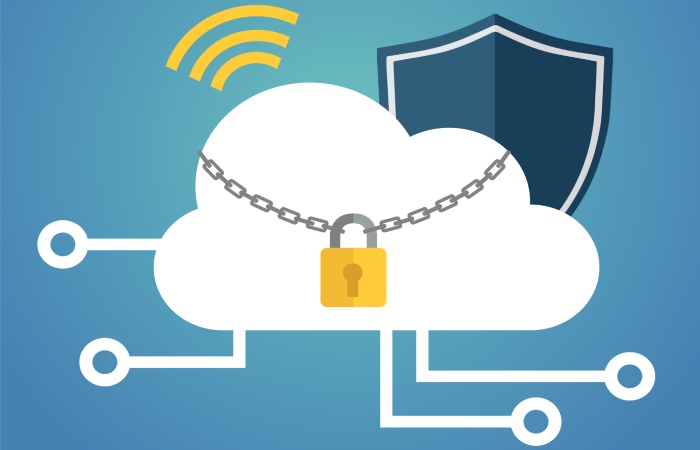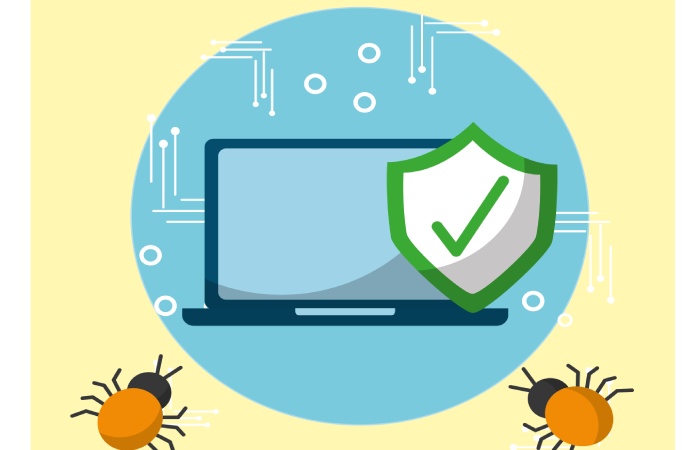Today, cloud platforms serve as the media of operation for CRM, payroll, and even HR processes, other than typical online businesses, which is why businesses today need to emphasize the best cloud security strategies to ensure email security and compliance with regulatory requirements. Cloud security is necessary due to the various risks of misconfigurations, unauthorized access, and many other cybersecurity issues.
Understanding Cloud Risks and Cloud Security
Developing an excellent cloud security strategy requires understanding your enterprise’s current state of cloud security. Assessing your cloud is necessary to:
- Identify Data: Identification of sensitive information and data classification to assess the risk of regulatory fines in cases of theft or loss.
- Sharing Data: Monitoring data and profiles who can access the sensitive data and managing permissions for such data.
- Auditing Configurations: A cloud service such as IaaS (Infrastructure as a Service) contains many critical settings, which is why you should access proper configurations for identity, access, and network management.
- Identify Insiders: Careless employees, malicious insiders, or third-party vendors pose significant threats and can be identified using User Behavior Analytics (UBA) to mitigate internal risks.
Protecting Your Cloud Environment: Best Practices to Follow
Businesses need to access every move and make sure they employ the best cloud security strategies by completing:
- Due Diligence: The initial step for a secure cloud is employing the best available cloud provider. Before choosing a cloud vendor, businesses should complete the due diligence and remove each doubt up to satisfaction regarding the vendor’s reputation, security practices, data storage, protection, disaster recovery plan, data encryption, compliance, authentication, and response strategies. Furthermore, businesses should check how the vendor would handle customer response and technical support in a data breach. Choosing a cloud vendor that fits all of the above and feels right can help ensure a safe cloud platform.
- Identity & Access Management: A unified access management strategy can help eliminate most cloud risks. Authentication and access management systems are crucial. Poor identity or credential management can lead to accidental exposure or leakage of business data attributed to 44% and 69% of the most significant cloud security risks in 2021, respectively. An excellent IAM (Identity and Access Management) solution paired with MFA (multi-factor authentication) can fit in hybrid work environments accessed by private and public networks and strengthen your cloud security strategy.
- Malware Protection and Staff Education: Cybercriminals target employees, and 90% of data breaches target cloud servers which is why educating your staff must be a priority for a secure cloud. Lack of training and awareness regarding malware deployment, social engineering, and phishing tactics can lead cybercriminals to a data breach, so your cloud security strategy must involve proper employee training before granting access to the cloud system. Furthermore, a malware and threat protection agent or software can act as an additional line of defense by providing scans of cloud data and sandboxes for running files in safe mode to keep the cloud database secure. Anti-malware solutions also cover human errors or vulnerabilities.
- Data Minimization & Double Encryption: Cloud servers are critical storage for a ton of data, so there is good reason to limit it. There is no need for protection if the data is not readily available from the cloud. Avoiding unnecessary data for business deals or complex financial data for record-keeping should be the primary focus while minimizing cloud data to help reduce risk exposure. Encryption is also critical while handling cloud data. Your business should encrypt data both in storage and during transmission. Cloud data encryption can help prevent data theft, corruption, exfiltration and satisfies all regulatory data security requirements to help keep your cloud secure and customers satisfied.
- Securing Endpoints: A standalone cloud vendor with minimal security measures may not be enough when your organization is dealing with complex datasets and endpoint devices, which is why strong endpoint security is needed for your cloud. With the ever-evolving threats, there is a need for a successful cloud security strategy that includes firewalls, proper access control, anti-malware solutions, and Endpoint Threat Detection and Response (EDR) tools for round the clock monitoring and collection of endpoint data. An EDR tool can help protect all endpoints by eliminating threats via analyzing patterns and containing them. These also help diagnose and eliminate insider threats that have risen by 44% within the last two years, costing an average of $15.38 million.
- IDPS & Compliance: IDPS (Intrusion Detection and Prevention Systems) solutions provide significant protection for your cloud. IDPS solutions monitor your cloud platform to detect malware and spyware and use advanced analytics to investigate and correlate threats. Furthermore, an IDPS can discover Command and Control Attacks (C&C) and identify exploitation and evasive techniques that cybercriminals use to target your business. While developing a cloud security strategy, businesses should also regularly check for compliance requirements as they handle confidential customer and partner data.
Responding to Security Issues
Assessing your cloud and employing the best cloud security strategies is only half of the work. A cloud security issue will require a proper response practice that must include:
- Additional Verification: Additional verification of users via 2FA (Two Factor Authentication) for accessing sensitive data from your cloud database to limit access.
- Update Cloud Policies: Continuous updates of access policies and integrating a cloud risk database into the firewall are essential to keep up with regulatory requirements.
- Containment & Removal: Monitoring systems to detect malicious activity and conducting containment protocols to stop the threat from spreading. Once the cause has been identified, organizations should appropriately remove the malware or risk element and cloud security reassessed to prevent future breaches.
- Analysis: Regular analysis of all policies and procedures every month, with or without an incident, can help evaluate efforts and improve cloud incident response.
Final Words
The use of a cloud service for your organization is essential, considering they serve such a crucial component in today’s corporate operations. Organizations must be vigilant regarding cloud security and data protection with the growing risks to the cloud. Businesses can utilize cloud systems best while ensuring the safety of their organization and customers by following the cloud security strategies mentioned above.


